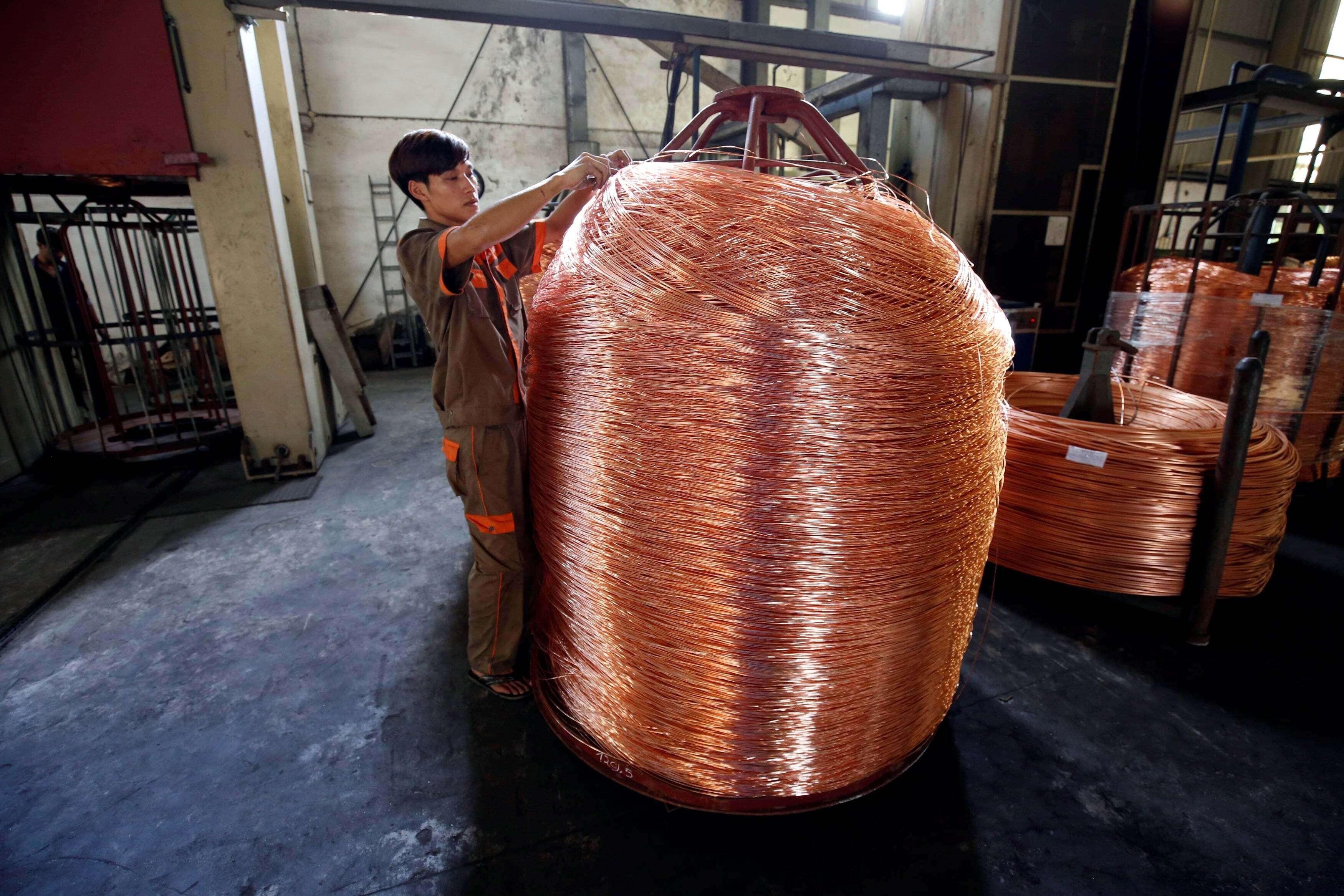Can trade help lift people out of poverty?

Stay up to date:
Latin America
Can trade help lift people out of poverty? It can and it has. It is equally obvious, however, that trade’s potential to drive growth and development is far from fulfilled. Many developing countries, especially smaller and poorer ones, remain on the margins of world markets. For them, implementing trade facilitation measures is a great opportunity to increase economic growth – one that remains largely untapped.
The challenges in trade policy have evolved. Tariffs in most countries are now relatively low on all but a handful of products. But trade-related costs – such as getting merchandise through customs controls at international borders – are estimated to make up as much of a tenth of the value of international trade.
Member states of the World Trade Organization (WTO) took an important step towards reducing these costs in 2014, when they agreed to implement the Trade Facilitation Agreement (TFA) that they had agreed in Bali the year before. It is now time to translate these agreements into cost reduction on the ground. It can be done by what we call “trade facilitation” measures.
What exactly is trade facilitation? In a nutshell, it is an effort to enable global trade by reducing red tape and streamline customs. In even simpler words: making it easier for companies to trade across borders. This matters enormously if you care about growth, innovation, and job creation. And it matters if you care about poverty reduction and greater economic fairness.
For Latin American countries seeking to play a bigger role in global trade, effectively implementing trade facilitating reforms could be an important tool in their toolkits.
Recently our two organizations partnered to issue two reports setting out how Brazil, the region’s largest economy, ought to move forward with implementing such trade facilitation measures. The two reports, ‘Enabling Trade: Catalysing Trade Facilitation Agreement Implementation in Brazil’ and ‘Enabling Trade: Increasing the Potential of Trade Reforms’, also highlighted the benefits that Brazil’s public and private sectors would gain from better trade facilitation.
In Brazil, the average time for exports is 13 days and for imports it stands at 17 days. That is not bad compared to the global average of 21.8 days for exports and 24.6 days for imports (for developing countries only, the average is 22.8 days for exports and 26.1 days for imports). But the implementation of the TFA could further reduce the number of days for imports and exports, as well as associated costs, which again would have a significant impact on trade flows and economic growth.
According to Fundacao Getulio Vargas, a Brazilian think-tank, improved procedures alone could generate cost savings of US$ 1.5 billion annually, adding US$ 24bn to Brazil’s gross domestic product.
And there are more examples. Take the ‘single-window system’, which allows traders to submit documents for completion of formalities of border regulatory agencies at a single location, instead of having to go to multiple offices. The Enabling Trade publications examine the supply chain barriers that companies face in Brazil and how a single window could be used to improve the current situation.
In this regard, Bain & Company, one of the partners in writing the “Enabling Trade” report for Brazil, estimated that “bringing just two key supply chain barriers – border administration and transport and communications infrastructure– even halfway to the world’s best practices could unlock US$ 84 billion in Brazil.”
We are confident that other Latin American countries could also gain from effective implementation of the TFA, including single windows (which many are already working towards implement).
More broadly, to take full advantage of trade facilitating reforms, governments need to create structures that include the private-sector and develop policies to tackle unnecessary costs that businesses engaged in trade face every day.
In other words: to effectively facilitate trade so as to deliver real and sustained growth, individuals, firms and government representatives need to cooperate. There is potential to create a virtuous cycle between reforms and trade growth: the right policies will ensure visible transformations on the ground, which will in turn bolster support for reducing costs associated with trading.
There is no doubt that Latin American countries can still benefit greatly from integrating into the global economy through traditional market opening for trade and investment. Such efforts may include unilateral action. Implementing and ratifying the WTO’s trade facilitation agreement could, by improving the trade environment, ignite and amplify other structural reforms.
Through trade reforms, Latin American countries can boost their competitiveness in markets for goods and services. Better trade facilitation can encourage infrastructure investment, and has the potential to spur development. Above all, by making it easier to produce and trade value-added goods and services, better trade facilitation can help create jobs and improve livelihoods on a continent where people know that growth built on commodities doesn’t last forever.
The World Economic Forum on Latin America 2015 took place in Riviera Maya, Mexico, from 6-8 May.
Author: Arancha González is the Executive Director of the International Trade Centre
Image: A container ship sails underneath the Bridge of the Americas in the Panama Canal in Panama City August 14, 2014. REUTERS/Rafael Ibarra
Don't miss any update on this topic
Create a free account and access your personalized content collection with our latest publications and analyses.
License and Republishing
World Economic Forum articles may be republished in accordance with the Creative Commons Attribution-NonCommercial-NoDerivatives 4.0 International Public License, and in accordance with our Terms of Use.
The views expressed in this article are those of the author alone and not the World Economic Forum.
Forum Stories newsletter
Bringing you weekly curated insights and analysis on the global issues that matter.
More on Trade and InvestmentSee all
Madeleine North
August 6, 2025
JJ Enoch
August 6, 2025
Spencer Feingold
July 30, 2025
Charlotte Edmond
July 30, 2025
John Letzing
July 24, 2025
Anthony Cano Moncada
July 23, 2025





